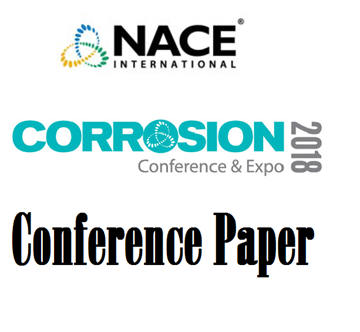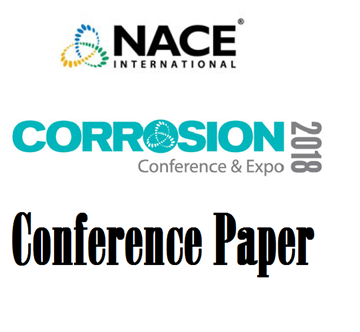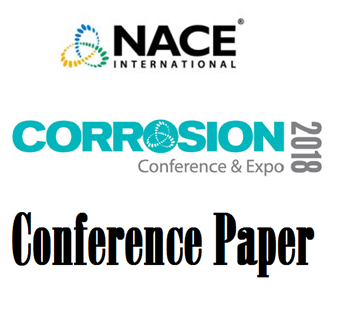Search
51318-10926-Influence of Inhibitor Architecture on the Precipitation of Magnesium Ammnium Phosphate (Struvite) for Waste Water Application
Also Purchased
51318-10929-Water repellency of Mineral wool
Product Number:
51318-10929-SG
Publication Date:
2018
$20.00
51318-10931-Impact of oxygen pollution on H2S corrosion and hydrogen permeation
Product Number:
51318-10931-SG
Publication Date:
2018
$20.00
51318-10924-High-Performance Polyurethane Elastomer Coatings - Lessons Learned from 6 Years in Oil Sands Service
Product Number:
51318-10924-SG
Publication Date:
2018
$20.00




